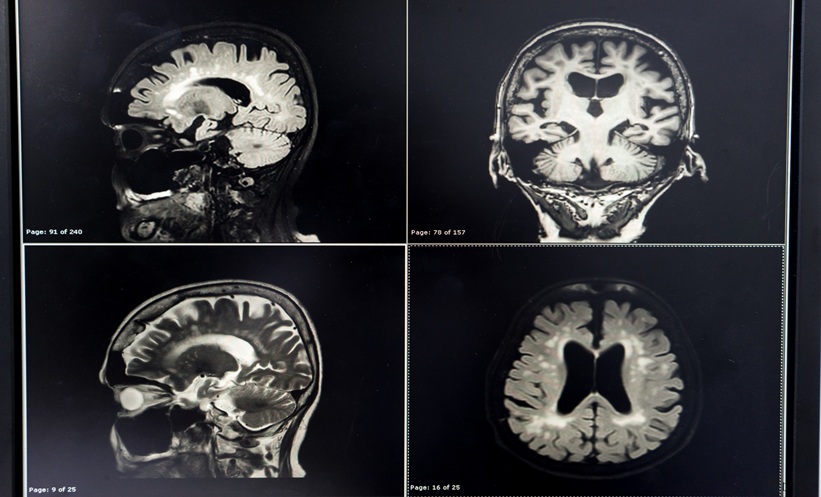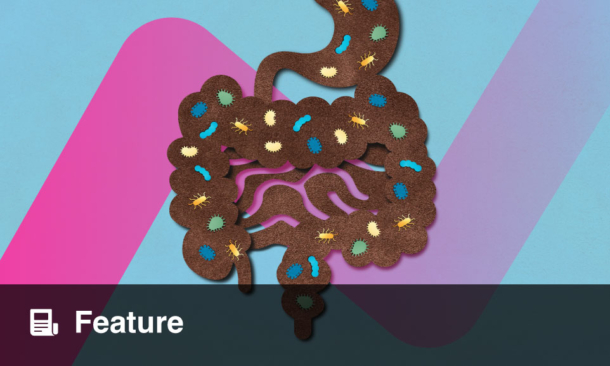COGNITIVE phenotyping significantly enhances the accuracy of blood phosphorylated tau 217 (p-tau217) in predicting brain amyloidosis among patients without dementia, with diagnostic performance varying across clinical presentations, according to a study of 969 individuals from two French memory clinic cohorts.
Blood biomarkers like p-tau217 are increasingly used to detect Alzheimer’s disease (AD) pathology, yet their interpretation in non-dementia patients remains unclear. This study aimed to determine how cognitive phenotypes, subjective cognitive impairment (SCI), mild cognitive impairment (MCI) with common AD phenotypes (cAD-MCI: amnestic, posterior cortical atrophy, logopenic aphasia), and MCI with uncommon phenotypes (uAD-MCI)—influence p-tau217’s predictive value for amyloidosis. Participants from the MEMENTO (n=776) and BALTAZAR (n=193) cohorts underwent blood p-tau217 testing and amyloid assessment via cerebrospinal fluid or PET. Statistical models incorporated age, gender, and APOE genotype to derive amyloid probabilities, using published and cohort-specific diagnostic thresholds.
In MEMENTO, amyloid prevalence was 16.5% (SCI), 45.9% (cAD-MCI), and 24.5% (uAD-MCI). p-tau217’s area under the curve (AUC) for amyloid prediction was highest in cAD-MCI (0.91, 95% CI 0.86–0.95) compared to SCI (0.78, 0.66–0.89) and uAD-MCI (0.87, 0.84–0.91). Using published cut-offs, positive predictive values (PPV) were 90.0% in cAD-MCI versus 60.0% in SCI and 74.5% in uAD-MCI. Internally derived thresholds yielded PPVs of 84.0% (cAD-MCI), 52.6% (SCI), and 72.3% (uAD-MCI), with negative predictive values (NPV) exceeding 90% across groups. cAD-MCI patients with high amyloid probabilities had markedly elevated dementia incidence. BALTAZAR replication confirmed these trends.
These findings highlight the necessity of detailed cognitive phenotyping in clinical settings to optimise blood biomarker interpretation. Clinicians should prioritise comprehensive neuropsychological assessments—beyond basic SCI/MCI classification—to refine pretest amyloid probabilities and reduce false positives. Future research must standardise phenotyping frameworks and validate biomarker thresholds across diverse populations to ensure equitable diagnostic accuracy. Integrating cognitive subtyping with biomarker testing could enhance early AD diagnosis and personalised management strategies.
Reference
Bouteloup V et al. Cognitive Phenotyping and interpretation of alzheimer blood biomarkers. JAMA Neurol. 2025;DOI:10.1001/jamaneurol.2025.0142.








